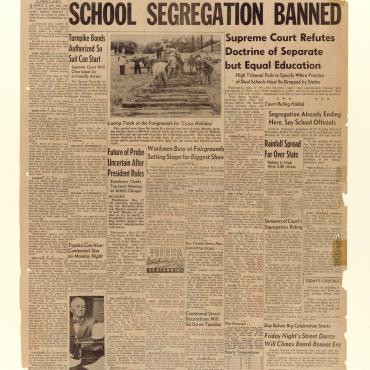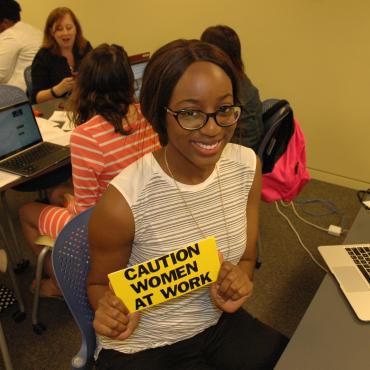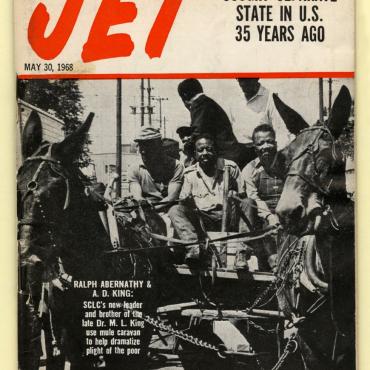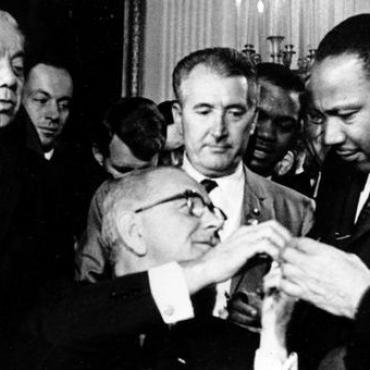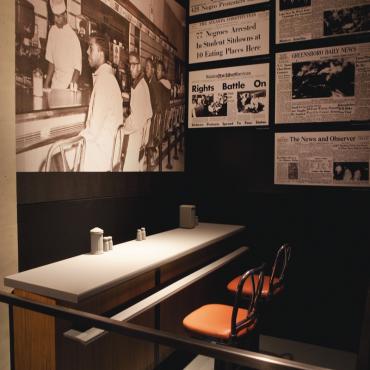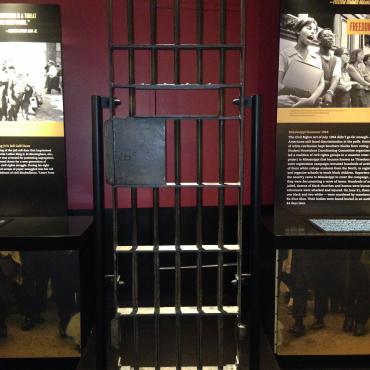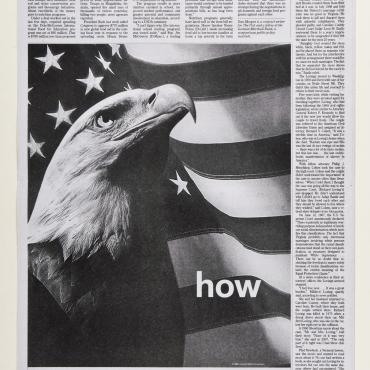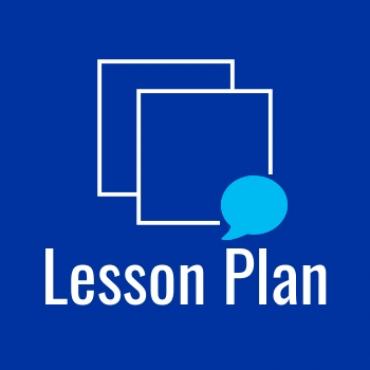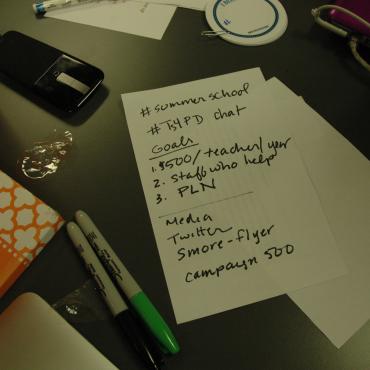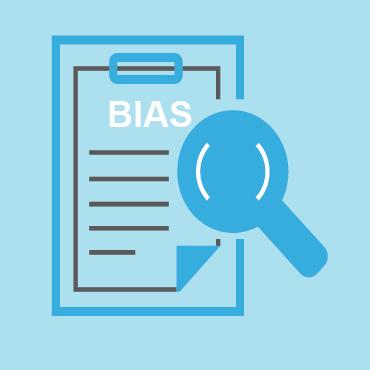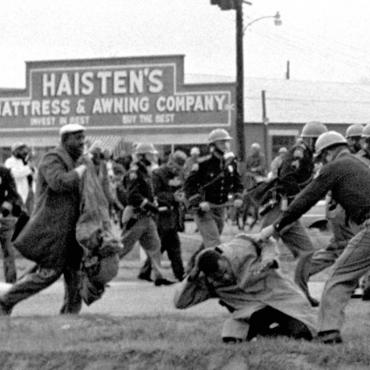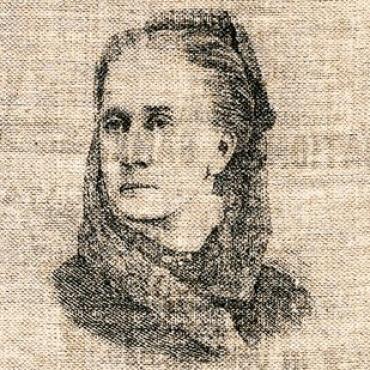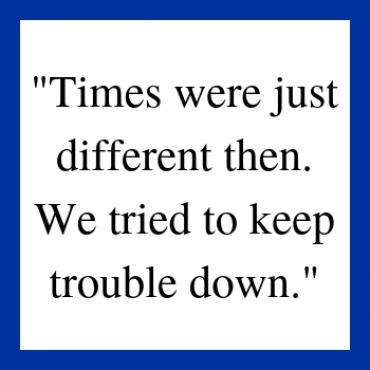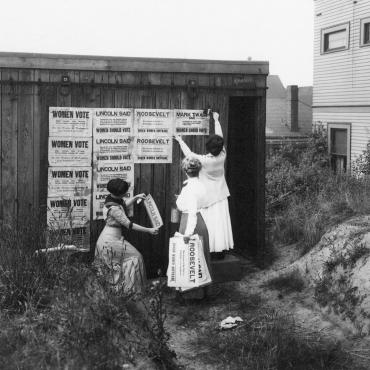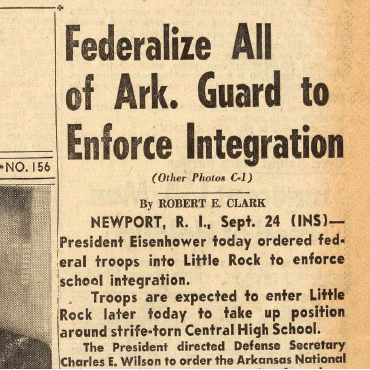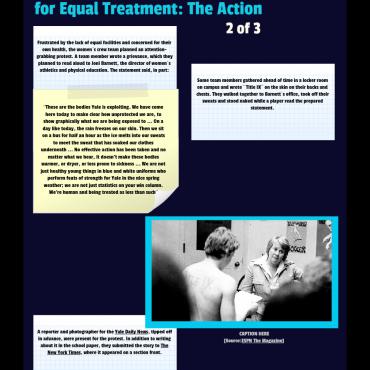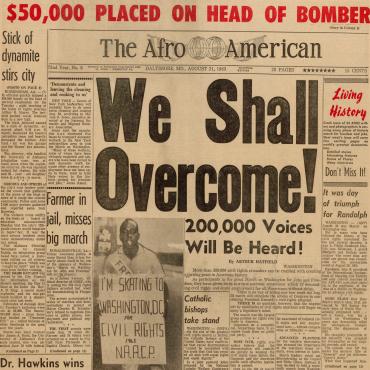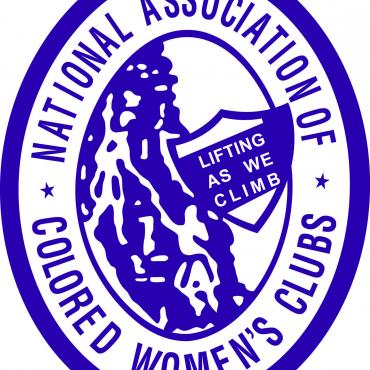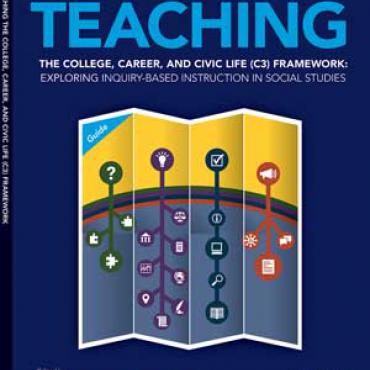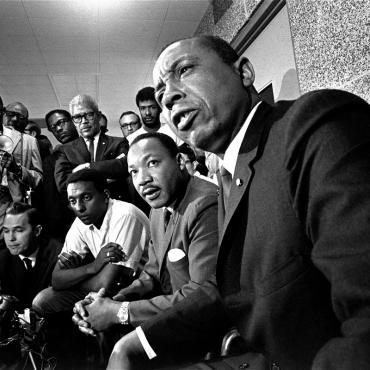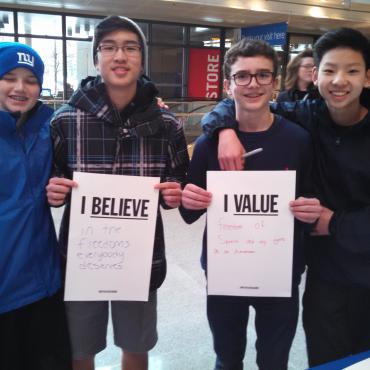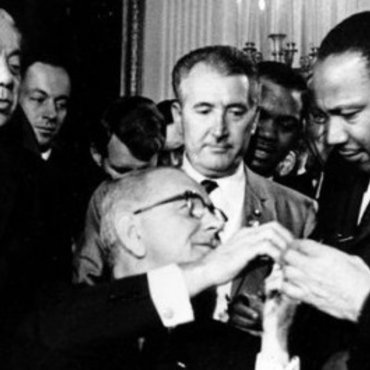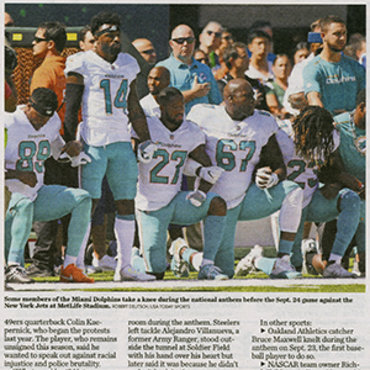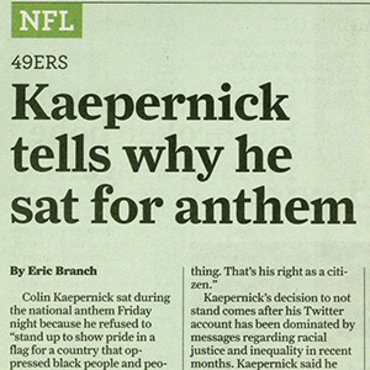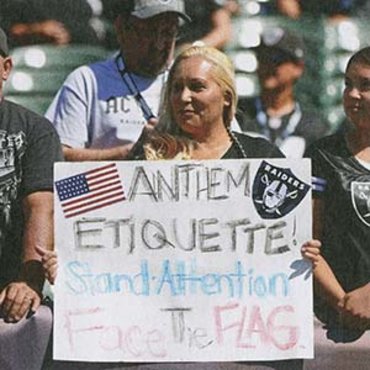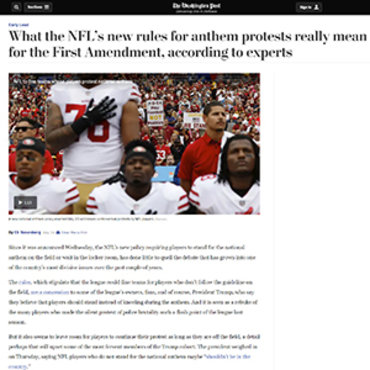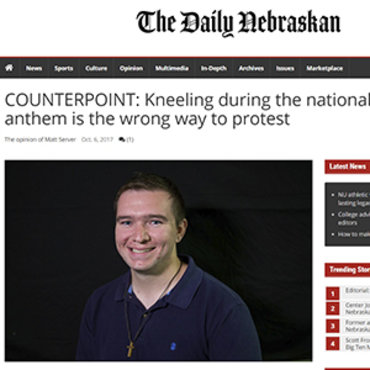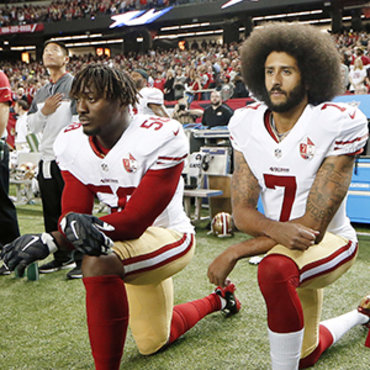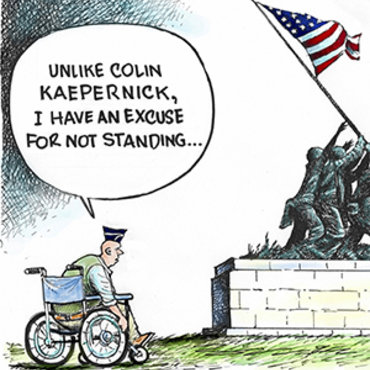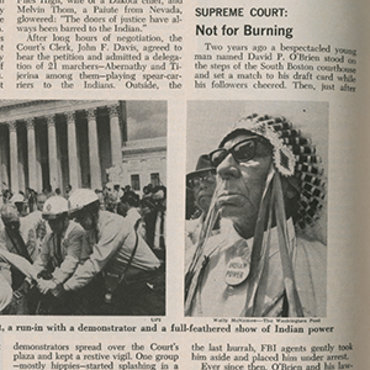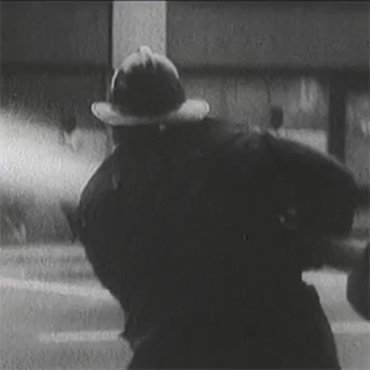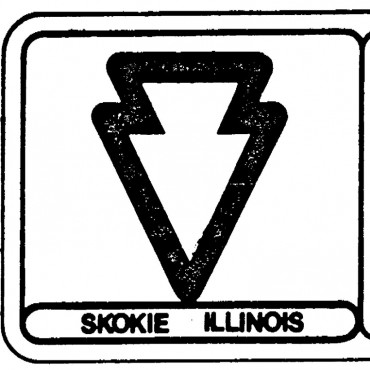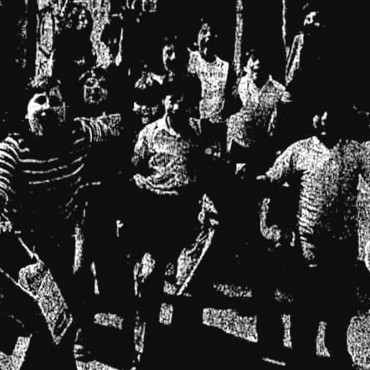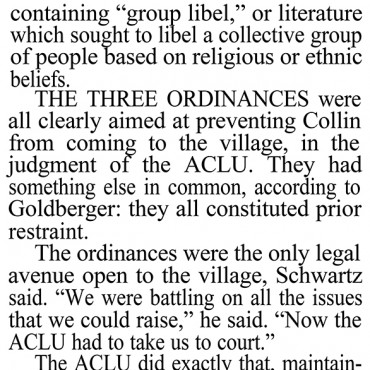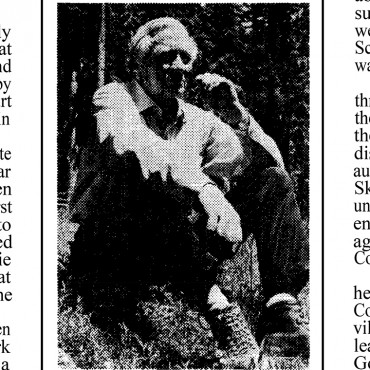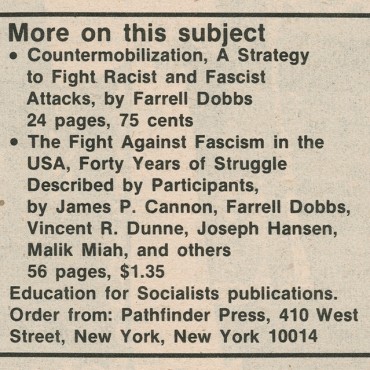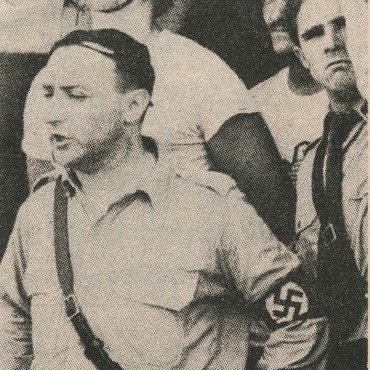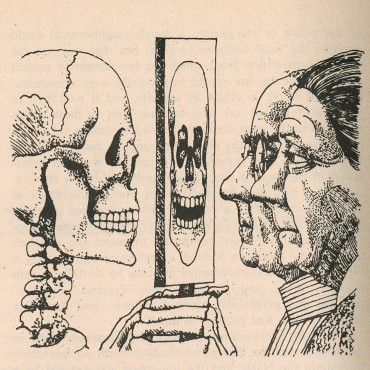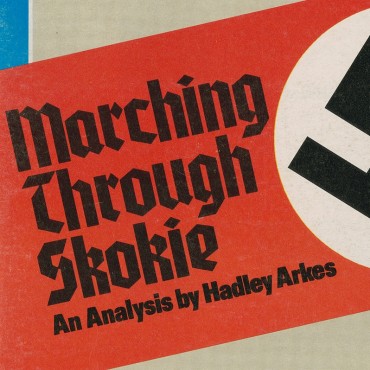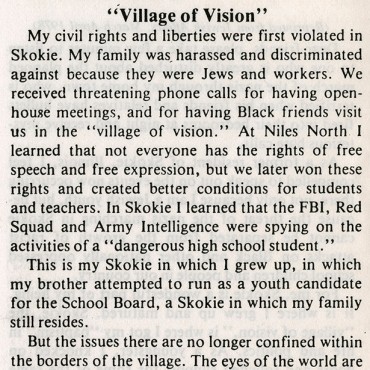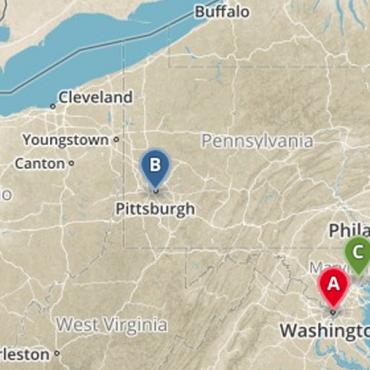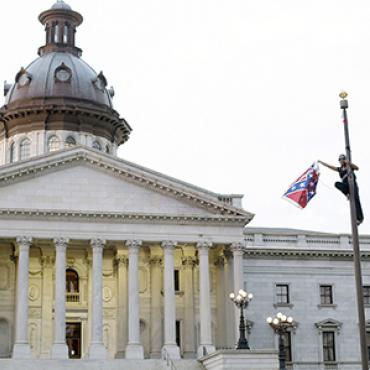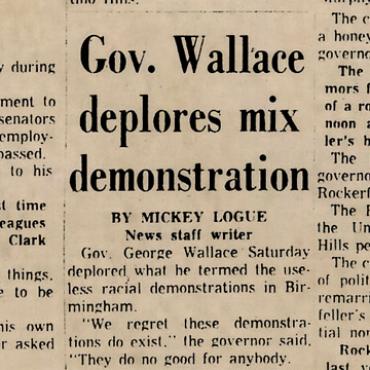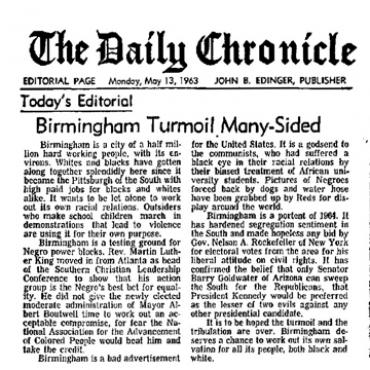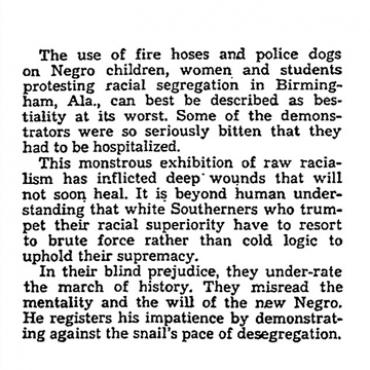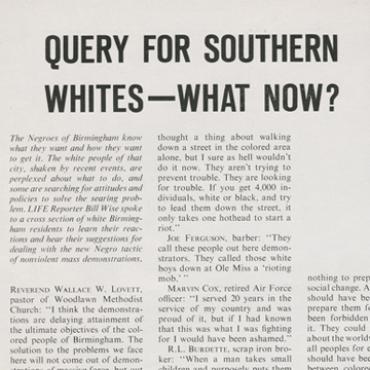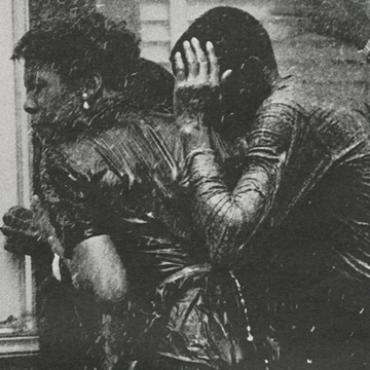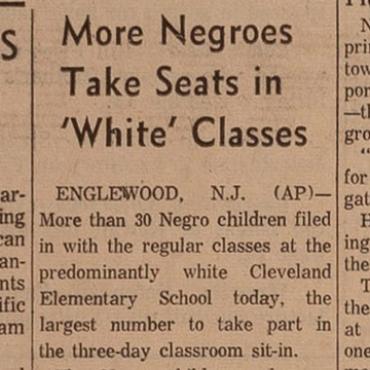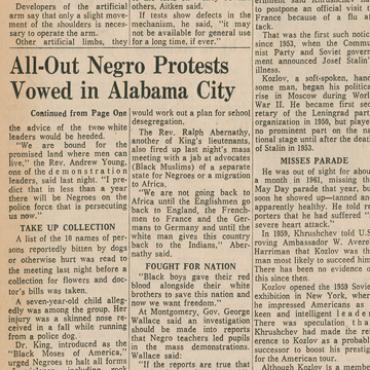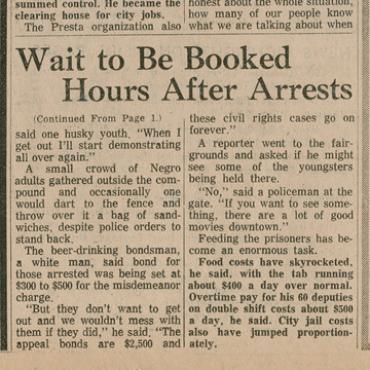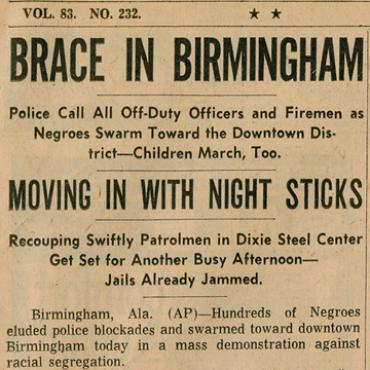
Civil Rights Timeline Submission
In this activity, students conduct research and submit their work for possible inclusion in the NewseumED civil rights timeline.
Get even more great free content!
This content contains copyrighted material that requires a free NewseumED account.
Registration is fast, easy, and comes with 100% free access to our vast collection of videos, artifacts, interactive content, and more.
NewseumED is provided as a free educational resource and contains copyrighted material. Registration is required for full access. Signing up is simple and free.
With a free NewseumED account, you can:
- Watch timely and informative videos
- Access expertly crafted lesson plans
- Download an array of classroom resources
- and much more!
- Civil Rights
- 6-12
- The class should familiarize themselves with people and events on the civil rights timeline (below).
- After discussing the civil rights timeline, ask students if they know about the role (or lack thereof) of the civil rights movement in their community. Ask them to brainstorm ways to learn more. List ideas on the board.
- Conduct a research project to learn more about the civil rights era in their community. Students can work individually or in groups. To complete this project, students will follow these steps:
- Complete general research about their community in the 1950s and 1960s, the impact of the civil rights movement and/or the community’s contributions to the movement. Helpful sources will include books, newspaper archives, local historians, etc. They may wish to use the Research Guide to keep track of their findings.
- Based on their findings, students select a single event on which to focus their research. This event, while it need not be well-known, should be something complex enough to justify researching it further, with an impact at the local level and/or beyond.
- Begin gathering evidence, including primary sources, to deepen their knowledge. Sources may include interviews with participants, photographs from newspaper archives, museums or personal collections, etc. Students should view the online “Interviewing Essentials” video lesson for tips on how to prepare for and execute good interviews.
- Prepare your event for submission to be considered for the NewseumED timeline.
- Format content using the Timeline Template worksheet and use the NewseumED timeline submission guidelines handout for guidance.
- Email the completed form to [email protected], with “Civil rights timeline submission” in the subject line.
- NewseumED Timeline Submission Guidelines (download)
- Research Guide and Timeline Template (download), one each per student
- Internet access to civil rights timeline (below) on NewseumED.org and to do research
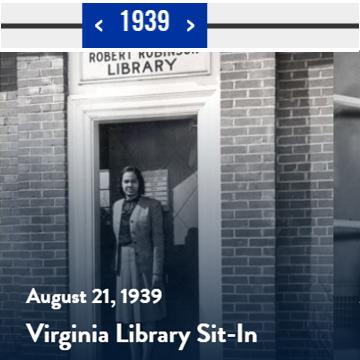
Civil Rights Movement Timeline
Civil Rights Movement Timeline
Have each student or group share the event or individual to be added to the timeline. Ask students:
- What was the most surprising thing you discovered while working on this project?
- Has your view of your community changed over the course of this project? Why or why not?
- Compare and contrast your local civil rights movement events with the national movement events on the timeline. Who participated? How did participants exercise their First Amendment rights? What were the results?
- What was the most difficult part of this project? What obstacles did you encounter? How did you overcome them?
-
National Center for History in the Schools: NCHS.Historical Thinking.4
A. Formulate historical questions. B. Obtain historical data from a variety of sources. C. Interrogate historical data. D. Identify the gaps in the available records, marshal contextual knowledge and perspectives of the time and place. E. Employ quantitative analysis. F. Support interpretations with historical evidence.
